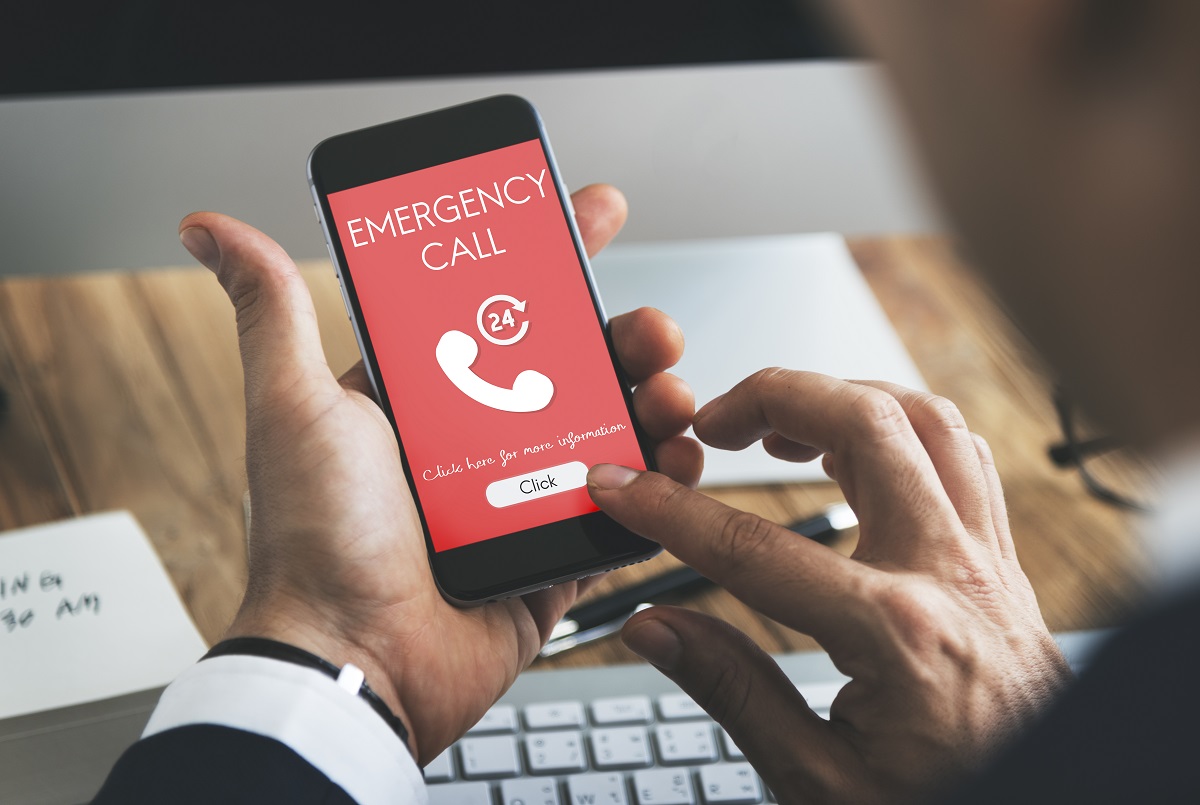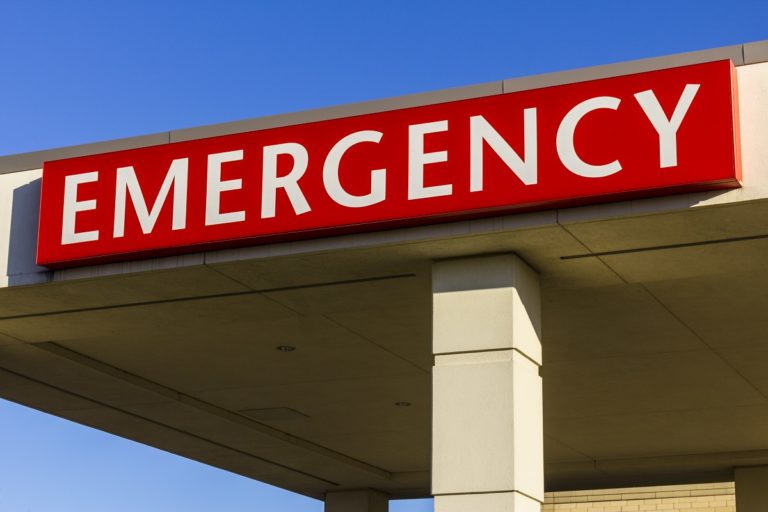Honestly, in this day and age, are you even surprised when something happens? Is anything ever impossible? Take, for example, the COVID-19 pandemic. Before it all happened, people have booked flights and planned out trips. Organizations have an entire calendar laid out for annual activities. Then, when 2020 happened, so did social distancing and the cancellation of mass gatherings—and many more things followed.
Even then, it’s important to stay on top of your game and prepare for emergency situations. May it be as seemingly trivial as an emergency roof repair or tragedy like an earthquake, it pays to be ready for unprecedented situations.
Know your emergency contacts
Emergency contacts are designated hotlines for different situations. While 911 is the ultimate emergency hotline, other numbers include:
- National Suicide Prevention Lifeline: 800-273-8255;
- National Center for Victims of Crime: 800-394-2255
- National Sexual Assault Hotline: 800-656-4673
It’s best to have these numbers saved to your phone, so if faced with these situations, you know who to call.
Set your personal emergency contacts
Apart from national hotlines, notifying and asking help from people you know is crucial. They can help contact responders, check on you, and even rescue you. Some apps include this feature for easy contacting of loved ones when you’re in an emergency. Apps can also send your location, together with other important information. For iPhone users, emergency SOS can be initiated by rapidly pressing the lock button five times (for iPhone 7 and earlier) or long-pressing the lock and a volume button (for iPhone 8 and later).

Know basic self-defense
You don’t need a black belt or years of boxing training to learn basic self-defense. There are various tricks to outsmart people who would like to take advantage of you while you’re walking on the sidewalk alone.
In self-defense, remember to react before the attacker gets you in a locked position. This means having as much distance as you can, so you can hit vulnerable areas like the nose, neck, groin, and knees. While the attacker is dealing with the pain, run towards the direction of their backs.
Go back to the basics
Emergency preparedness teaches valuable and simple steps to follow during a fire or an earthquake. Other training programs also include first aid training, which teaches you how to dress a wound or perform CPR.
For fires, cover your nose with a wet cloth and stay on the ground until you find an exit. Before the fire grows, remember “PASS” as you use a fire extinguisher. For earthquakes, stay away from windows and any surfaces that can cause debris. Hide under a sturdy table, and Duck-Cover-Hold until it’s safe.
Most of all, don’t panic
In the midst of fight-or-flight, panicking can cause serious damage as it tends to throw away your rational thinking. Panic can cause a stampede in a fire exit or make you freeze during a confrontation with an attacker. Remember to take a deep breath and sort your thoughts as much as you can. Think of what you can do given your situation and apply your emergency preparedness knowledge.




